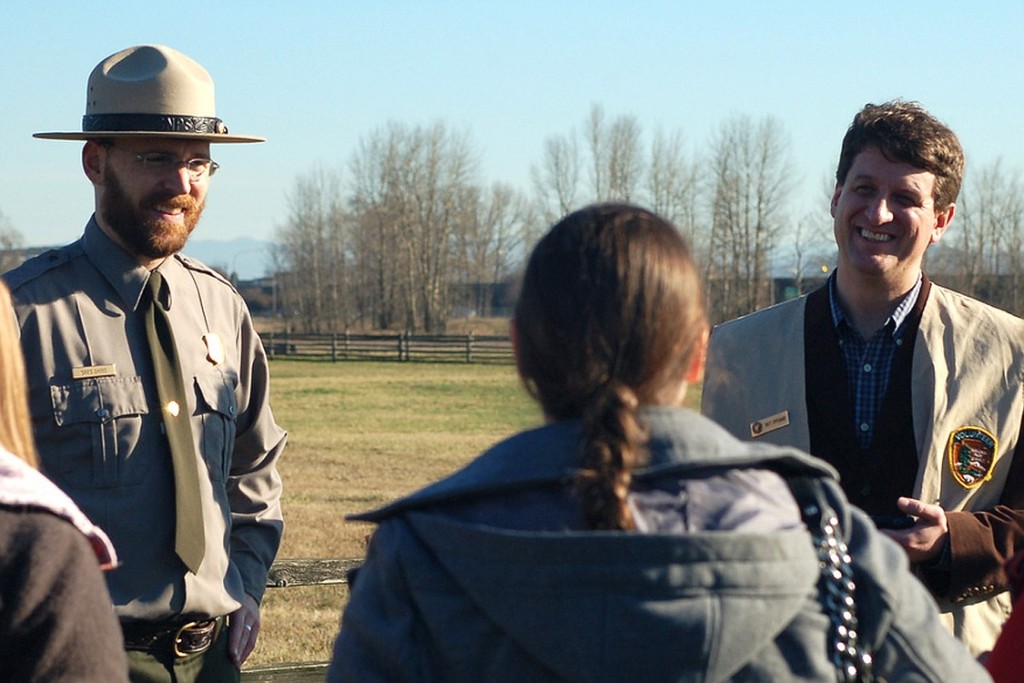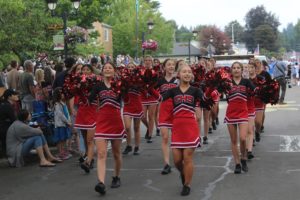A local resident has received national recognition for his efforts to help make history more interesting for younger generations.
Brett Oppegaard, of Camas, accepted the George and Helen Hartzog Award for Outstanding Volunteer Service, in Washington, D.C., in February. The award was presented to him by National Park Service Director Jonathan Jarvis.
Oppegaard received a crystal medallion, inscribed with the National Park Service logo. The award was presented in an engraved wooden box.
The National Parks Foundation paid for his travel expenses to the nation’s capital.
In October, Oppegaard won the volunteer award for the Pacific West Region, which included Washington, Oregon, California, Montana, Idaho, Nevada and Hawaii. He was one of seven volunteers nationally to receive a regional award. The regional award winners were considered for the national Hartzog Award.
There are 257,000 National Park Service volunteers. The awards recognize the time, talent, innovation and work contributed to national parks through the Volunteers-In-Parks program.


